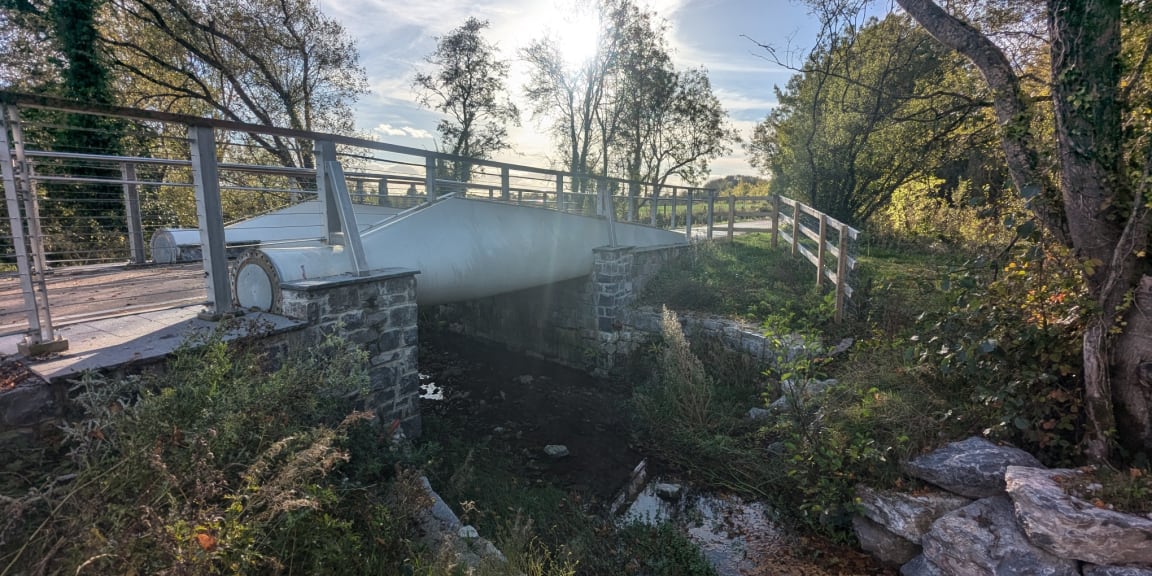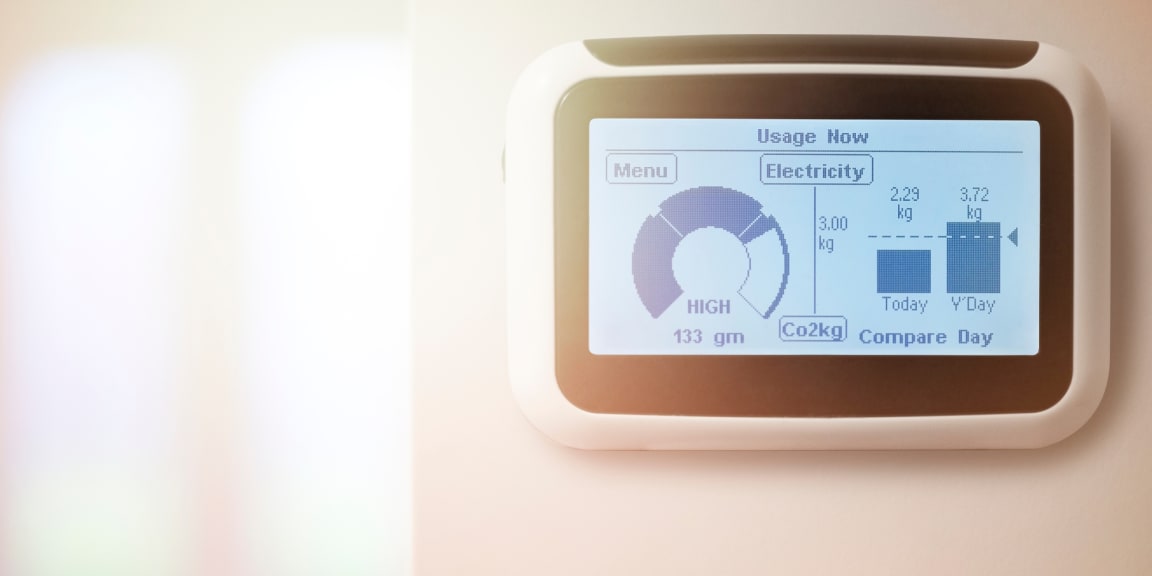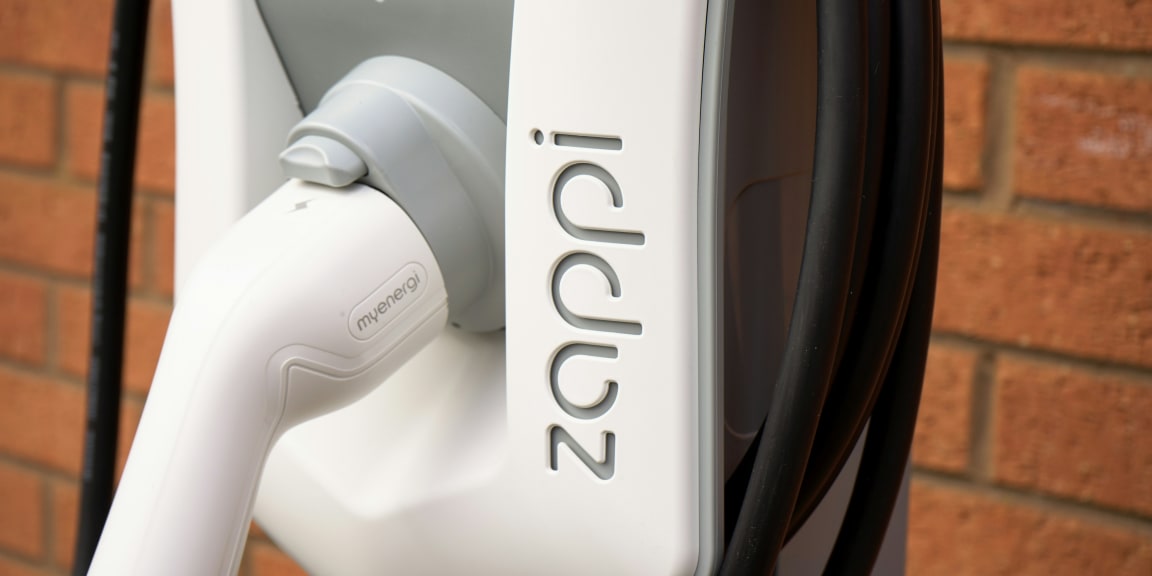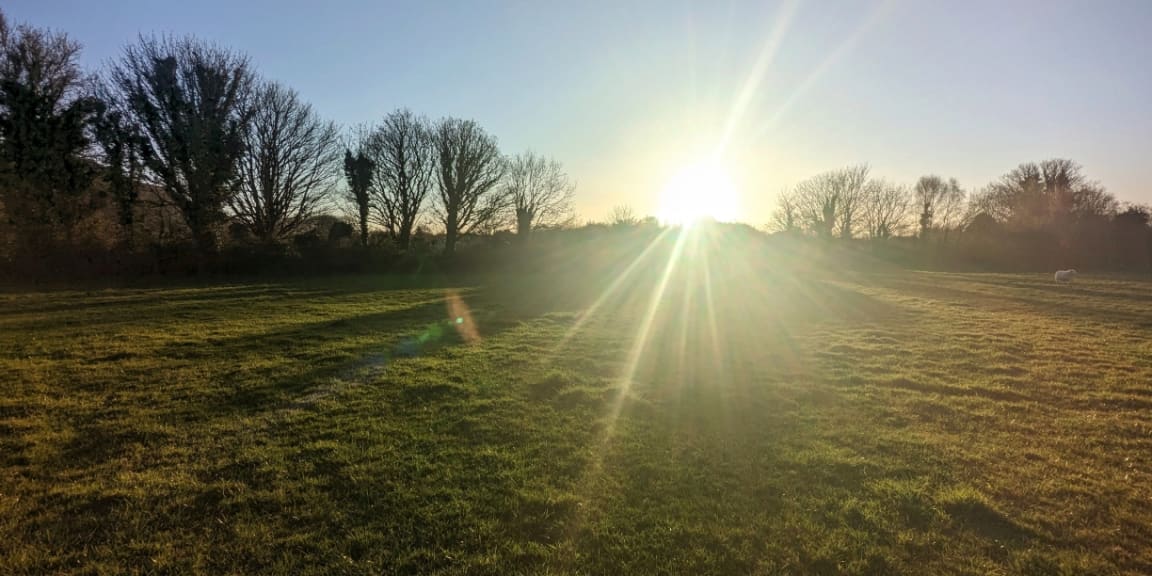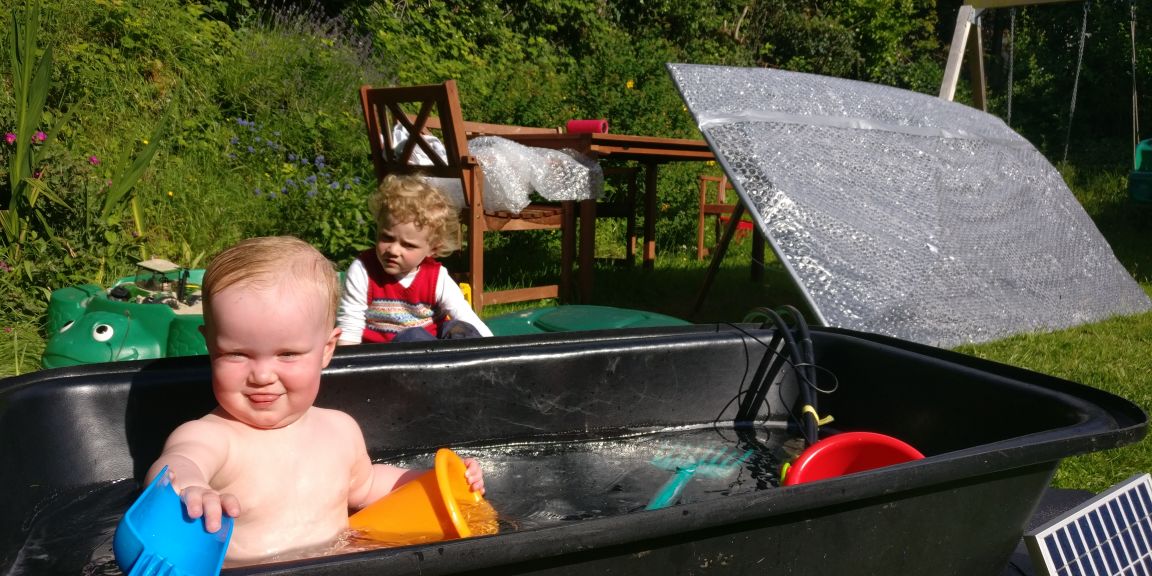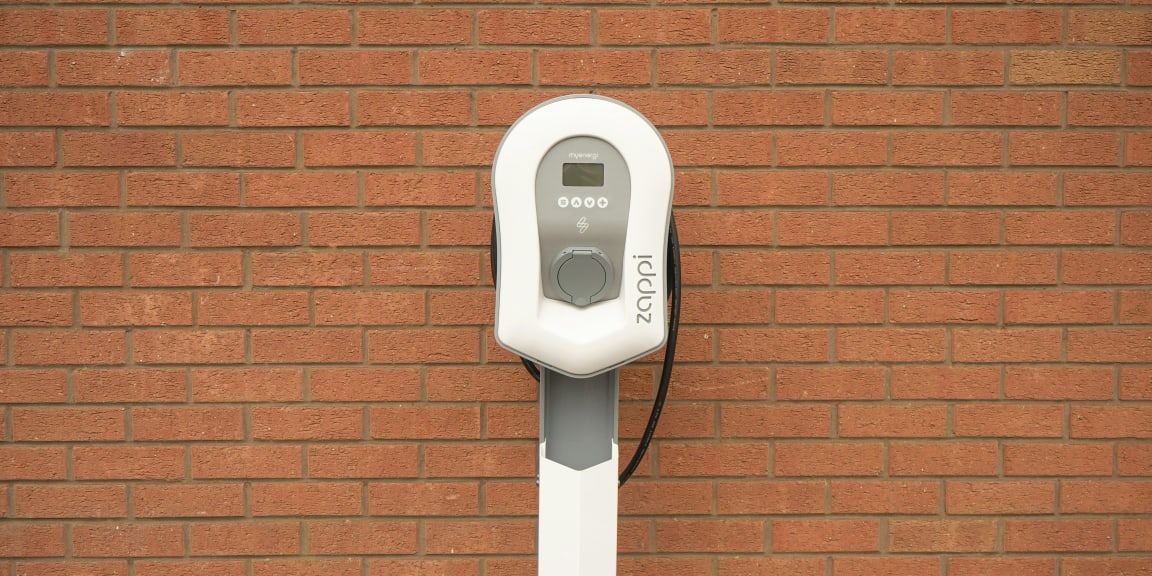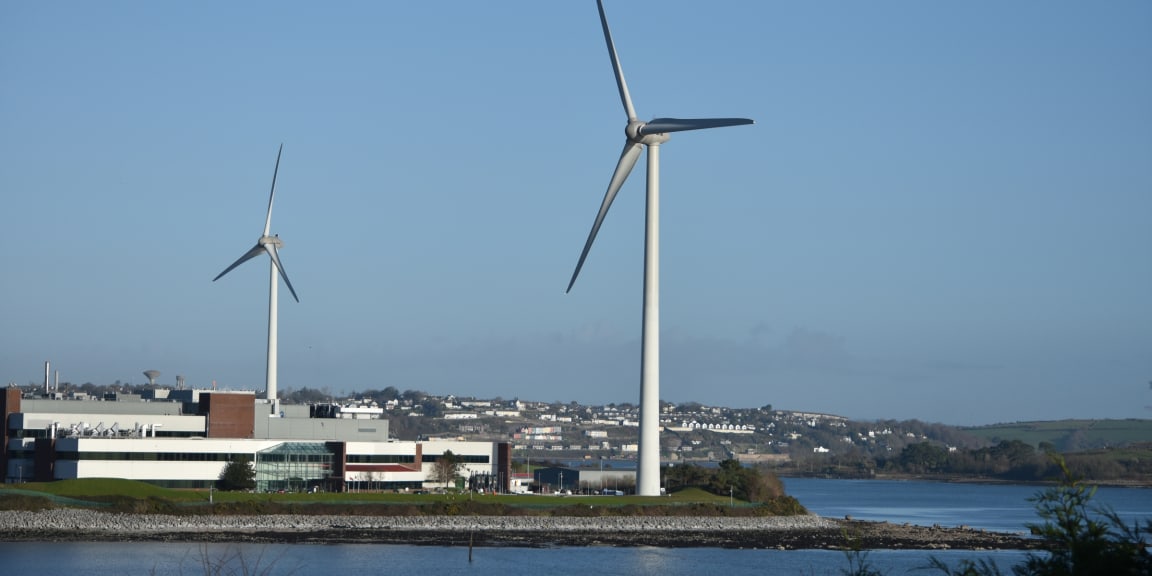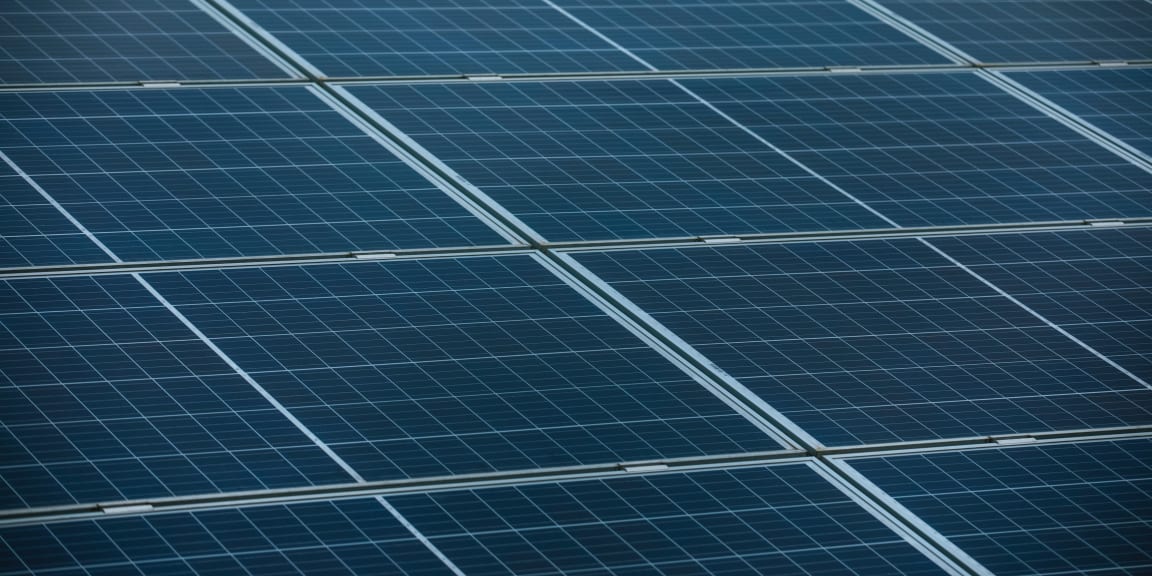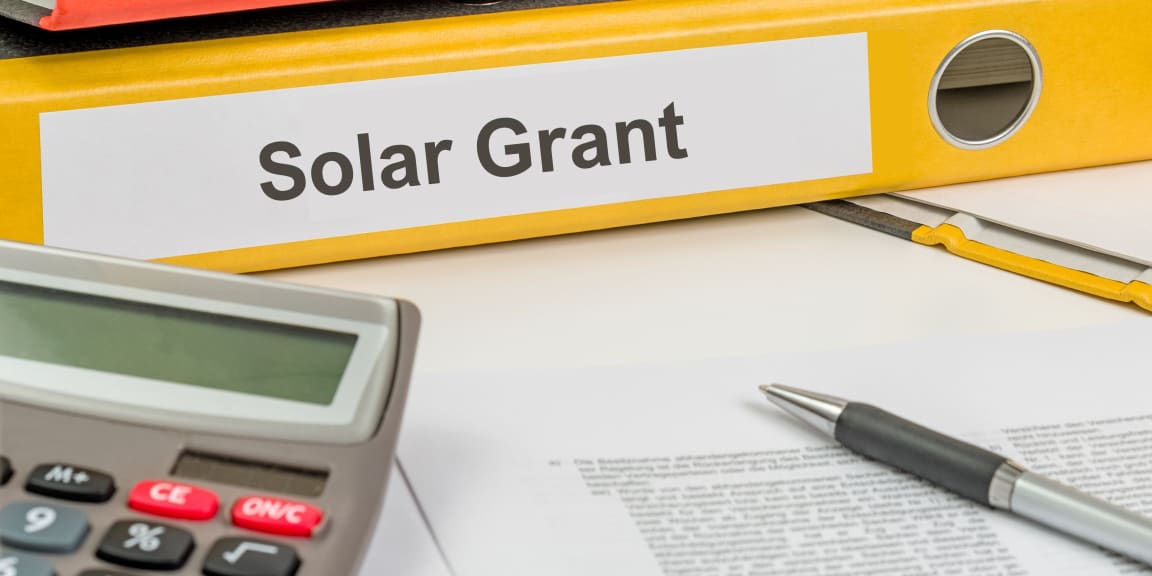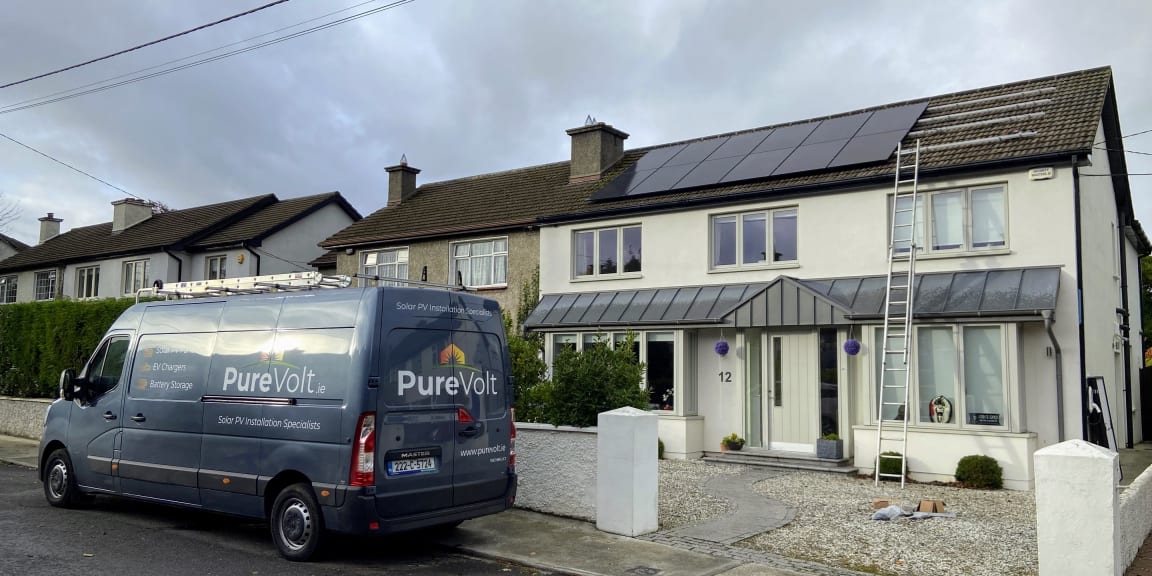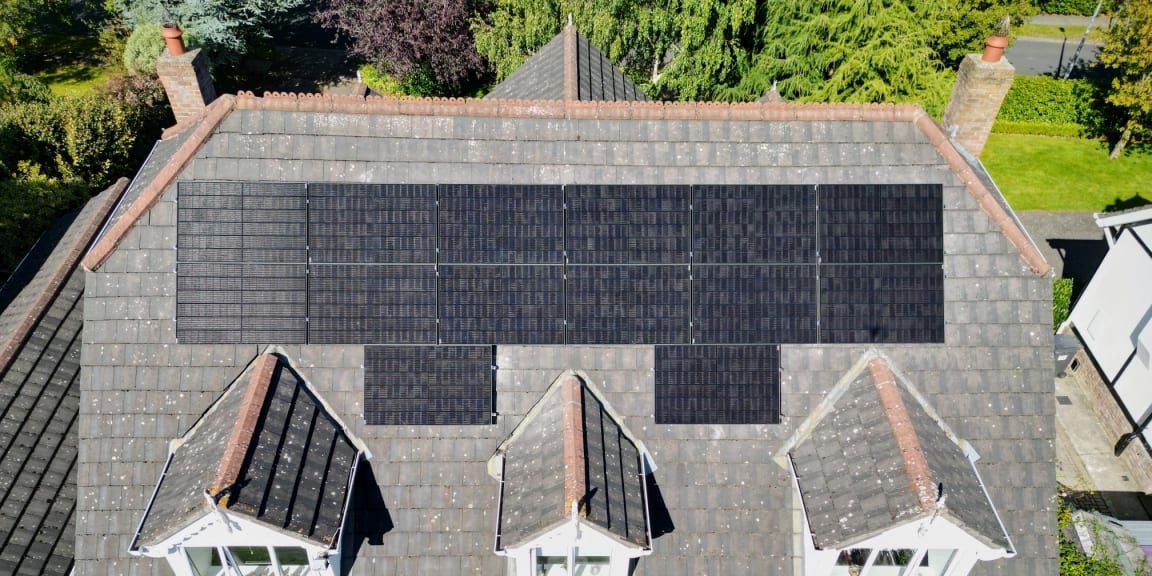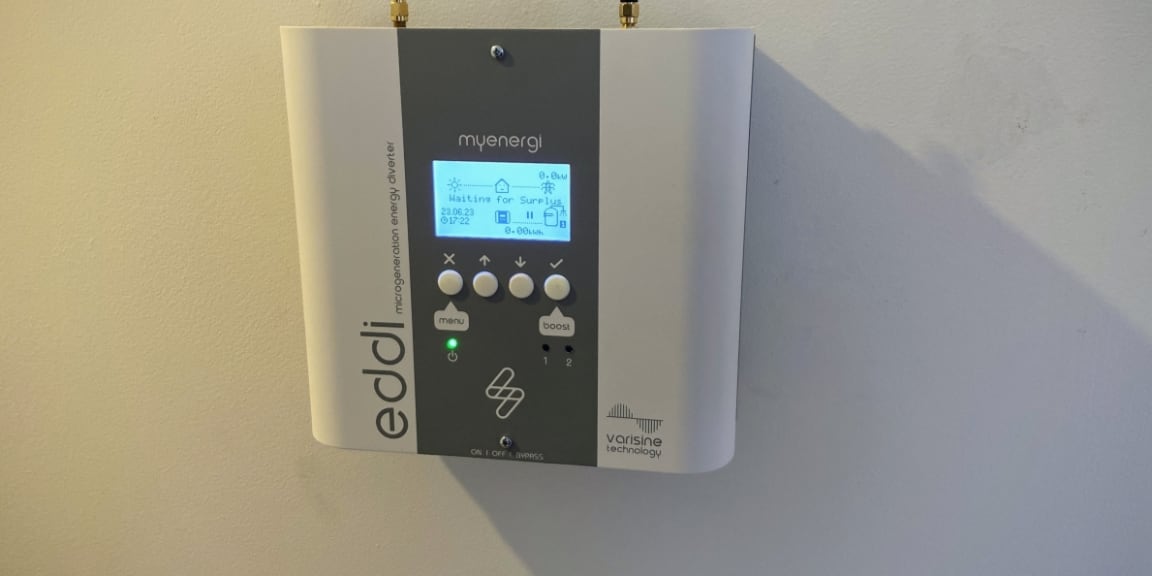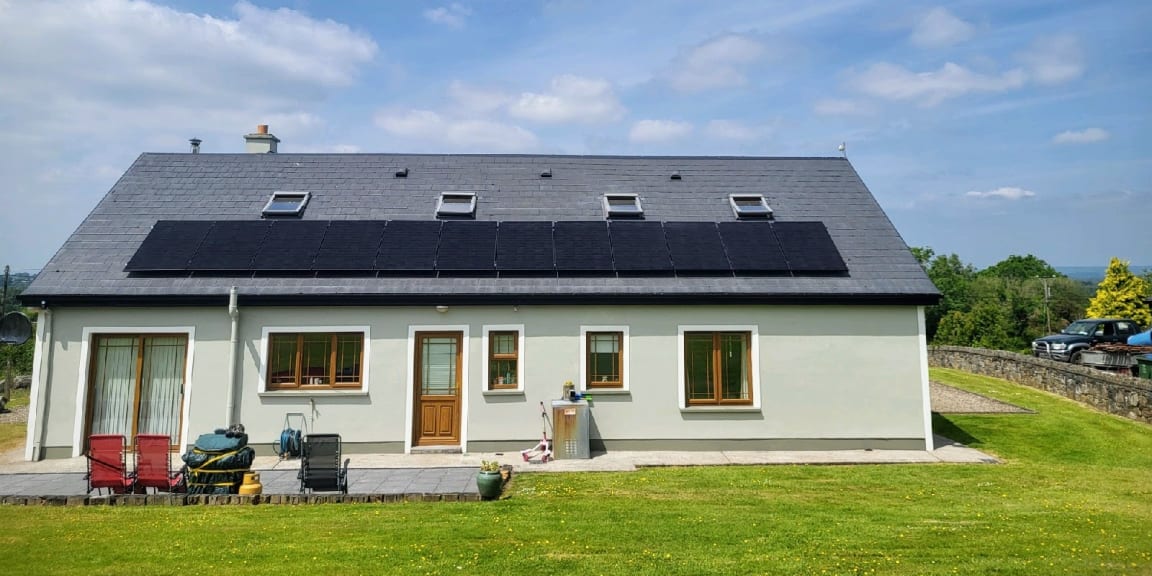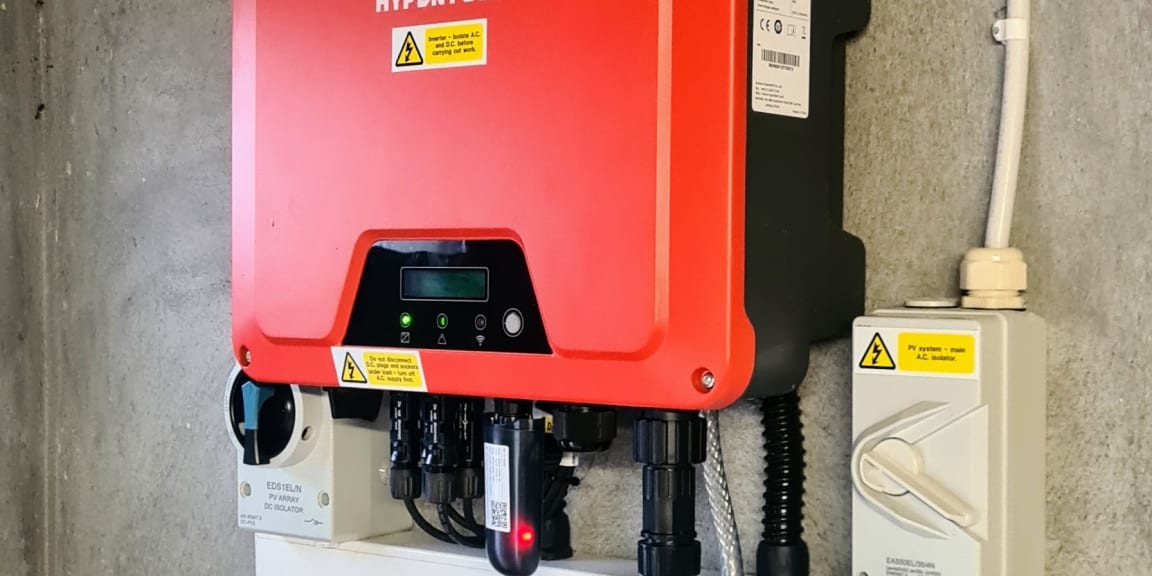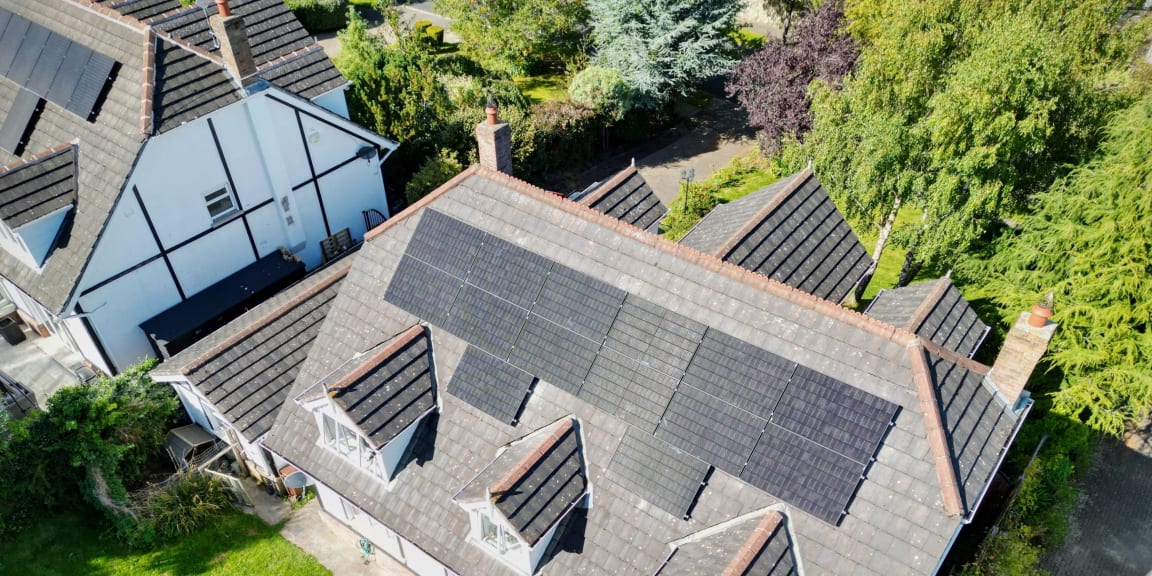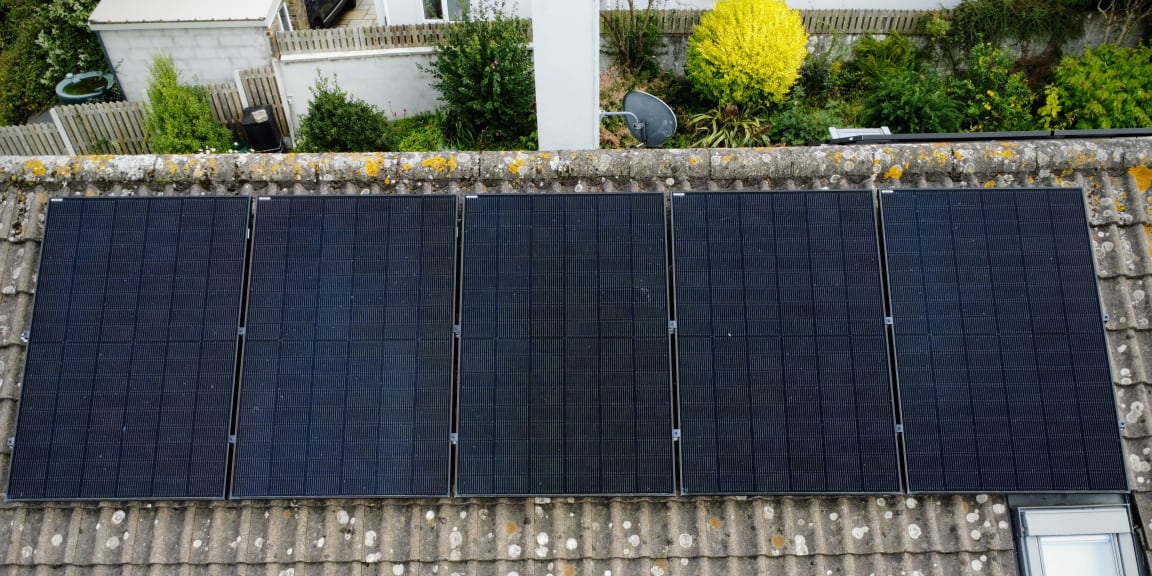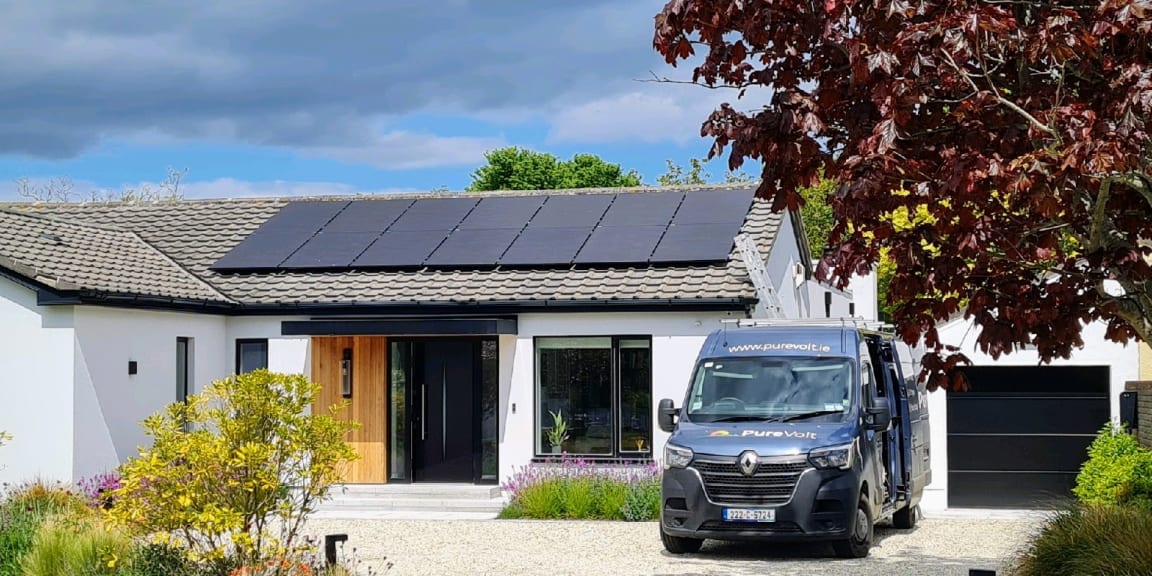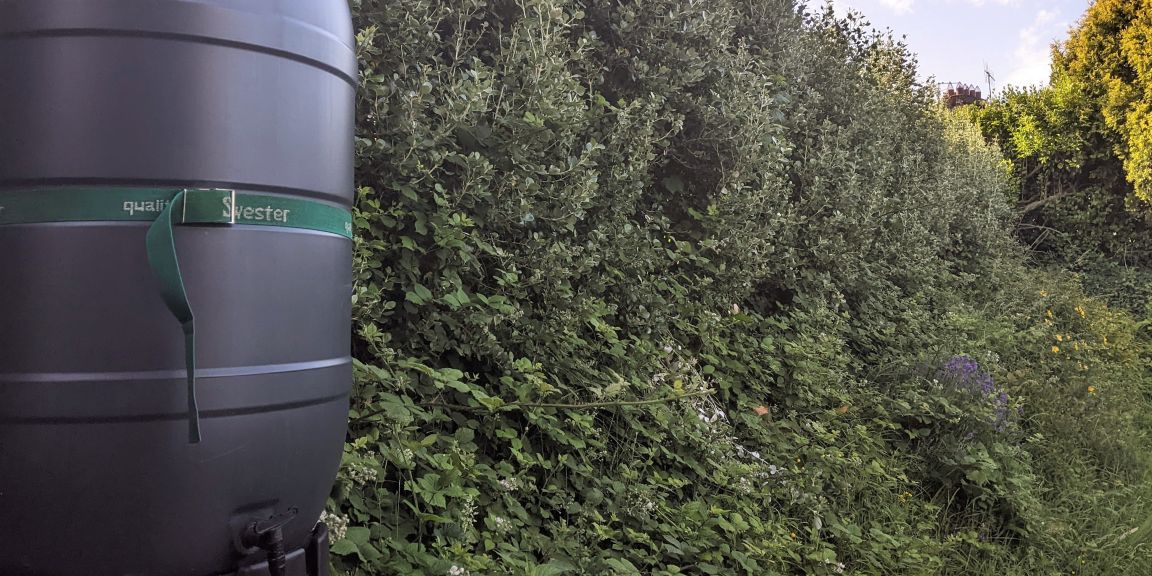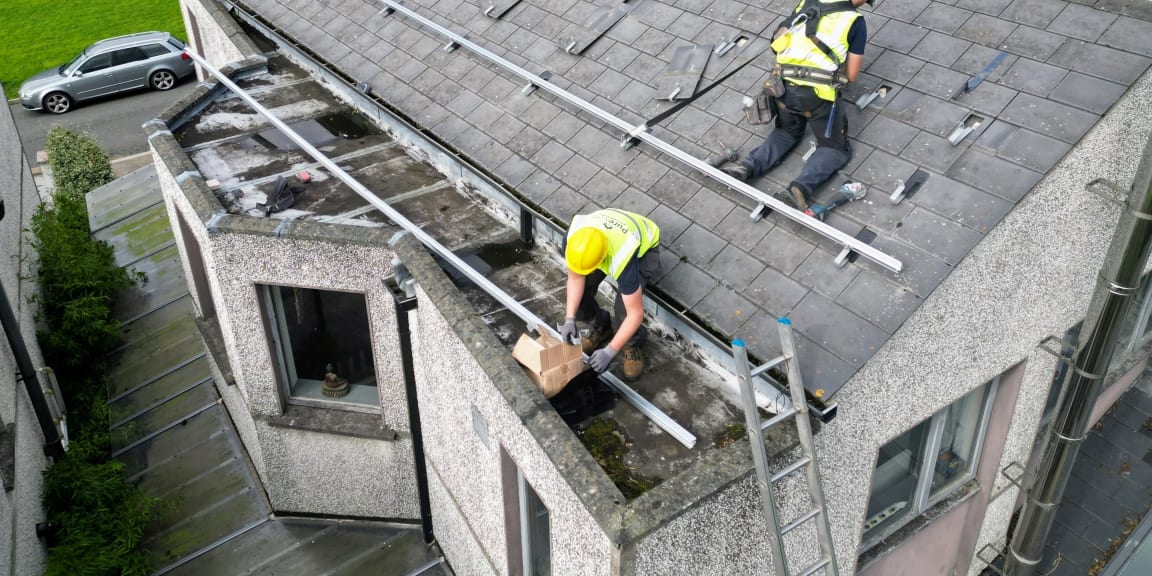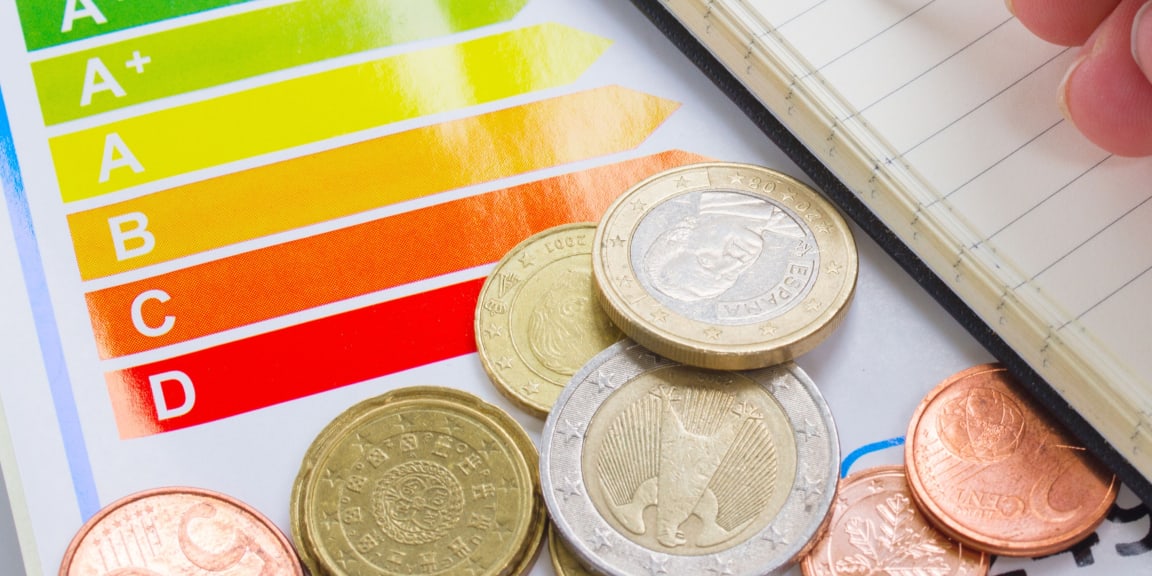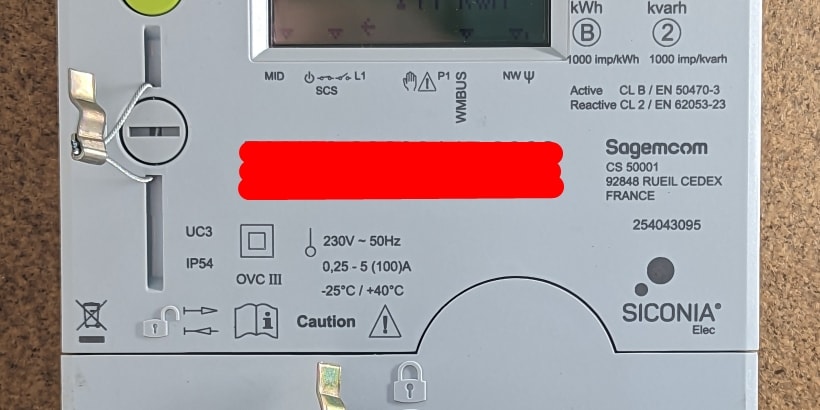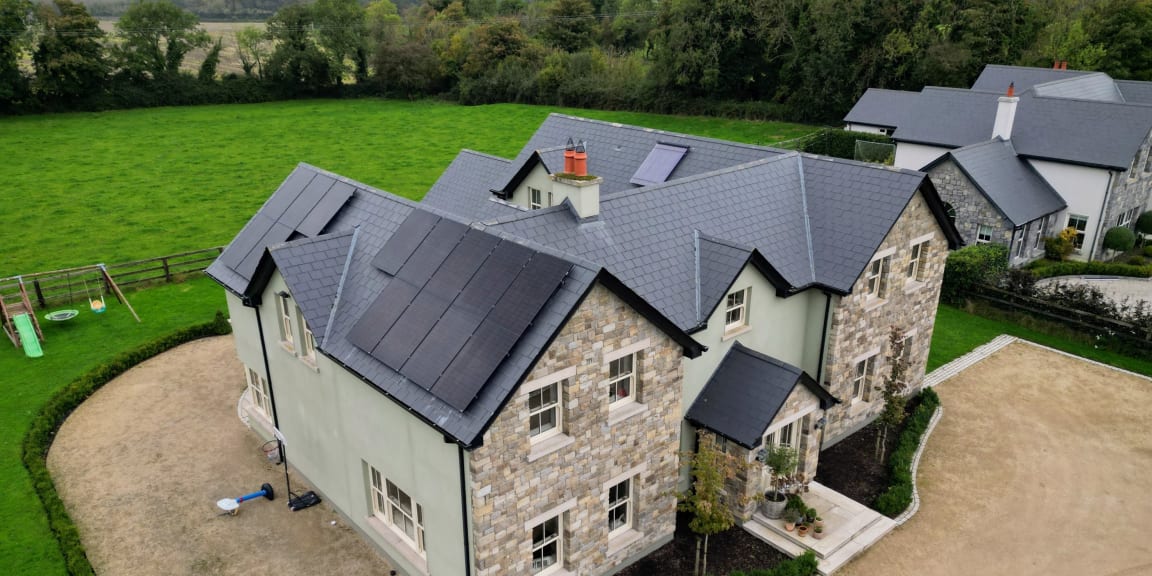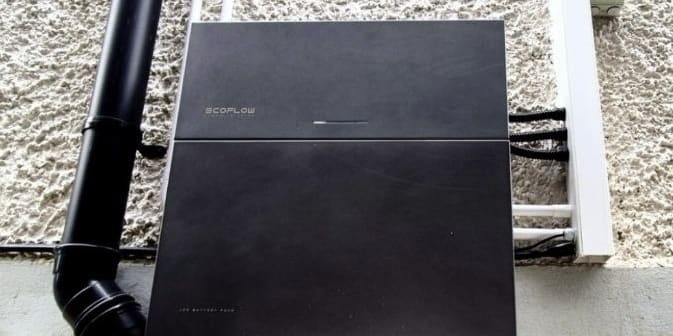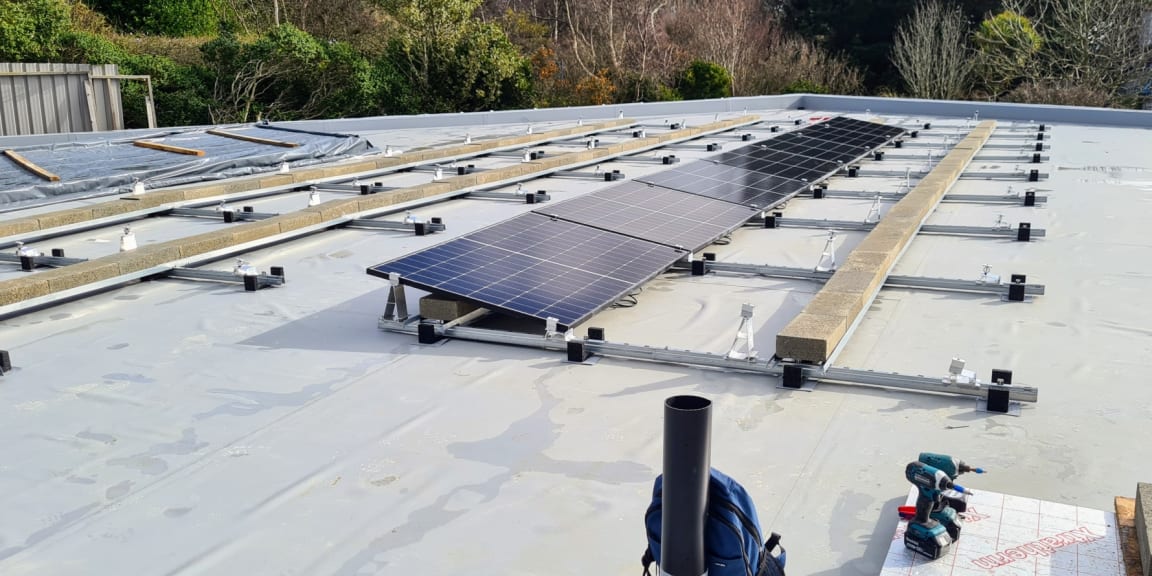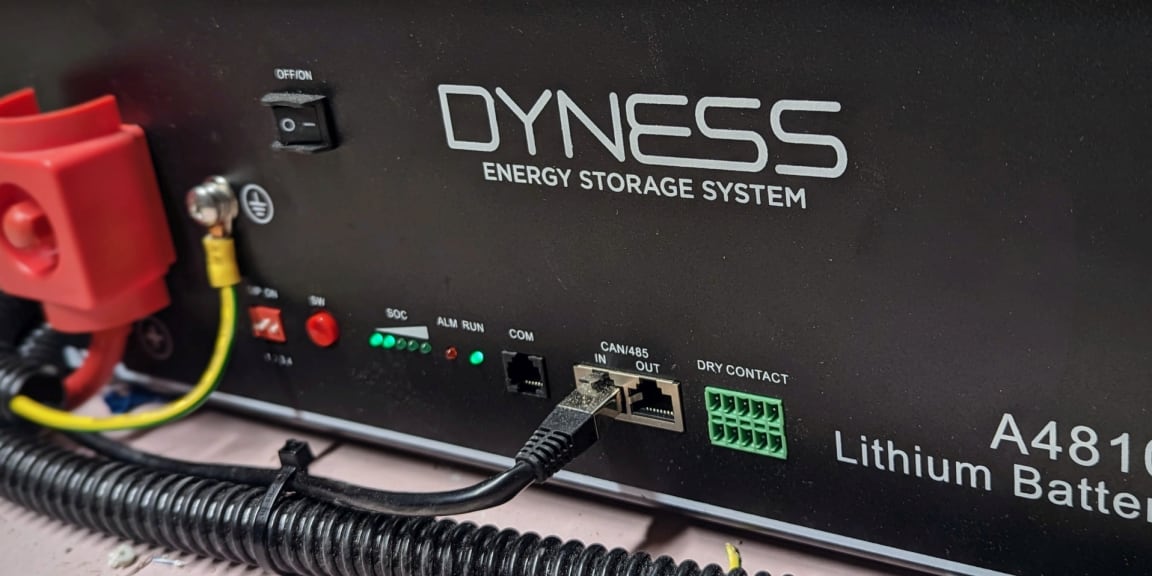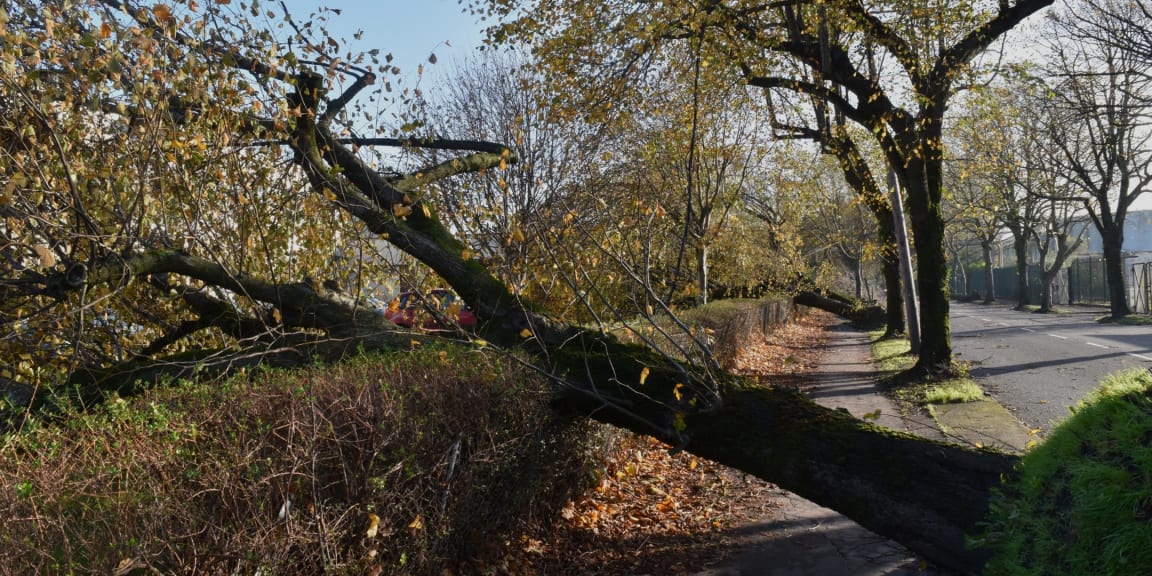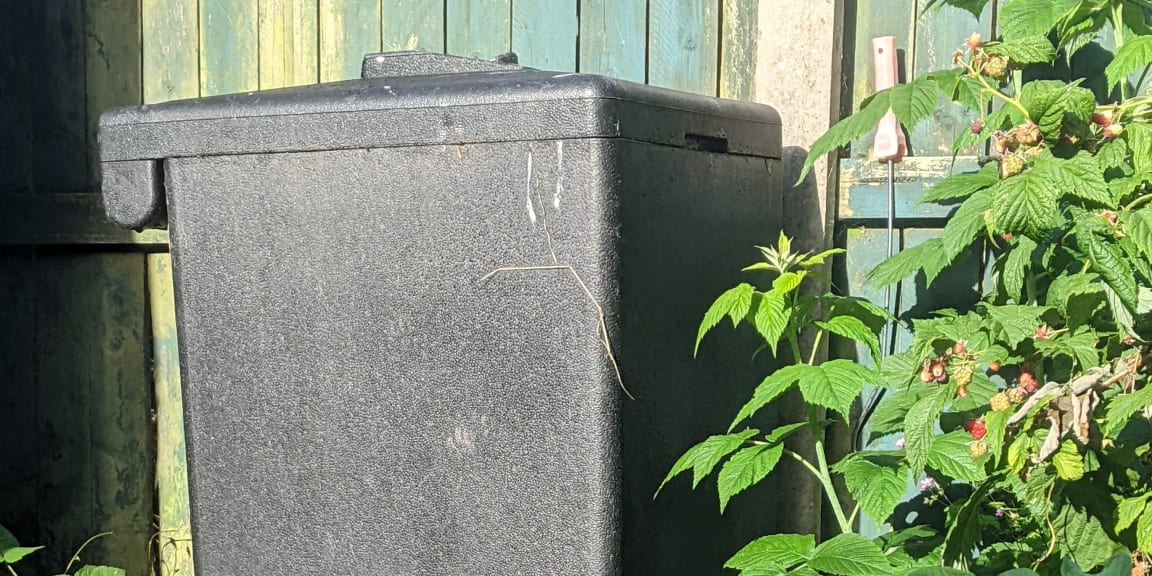What do the numbers mean, exactly?
There are a lot of numbers above, as well as some assumptions. Let's look at them one by one to see what they all mean.
kWp (kilowatt-peak) of panels
kWp is a measurement of the maximum theoretical output of an array of solar panels. Imagine you took a set of panels, and put them in perfect lab conditions. The power they would produce in those ideal conditions is the kWp rating.
This is the value most solar installations are quoted in. When someone says "I've a quote for a 4kW system", what that means is a 4 kWp system. Equally, if someone says "I'm getting 440w panels installed", it means those panels would produce 440w under ideal lab conditions.
In the real world here in Ireland we never quite get those perfect conditions. But, in the middle of a blue sky summer day, you can get to 90%-95% of this theoretical maximum.
Annual Solar Generation per kWp of panels
Here we are talking about the number of units of electricity you'd get per year from a 1kWp installation on your roof. 1 unit of electricity = 1 kWh (kilowatt-hour) of electricity.
How we did these calculations
Here are the assumptions we made to make sure we were comparing all the counties like for like.
- Roof facing due south
- Roof angle: 30 ° (which is typical for an average house)
- No shading
- We picked one representative town in each county as the exact location
More information
One of our favorite resources is the Global Solar Atlas, which provides highly detailed information on solar irradiance levels and much more for every inch of the country. For more information, visit Global Solar Atlas - Ireland


